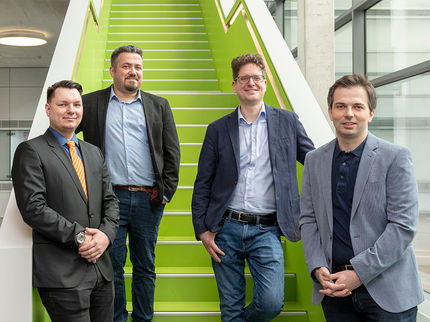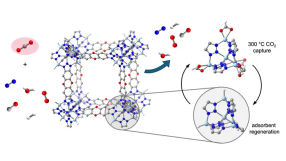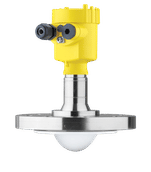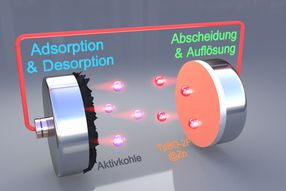Measuring iron on a smartphone
Spanish scientists have developed a way to quantitatively measure the amount of iron in a solution using a smartphone.
Traditional techniques for quantifying iron levels require samples to be isolated and tested in the laboratory by trained specialists. This new approach returns a result in just minutes by measuring the RGB (red, green and blue) values from a digital photograph, taken on a smartphone, of samples placed on a special sensor disc.
The scientists developed these colour-responsive sensors by immobilising a particularly stable iron chelator – 8-hydroxyquinoline – onto a polymer disc. The disc changes colour depending on the amount of iron chelated and can detect iron content in water, wine and blood.
By comparing the sample to reference discs, the team used a mathematical technique known as Principal Component Analysis to standardise the RGB values into a value which could be directly related to the iron concentration from smartphone photographs of samples.
The team has used the same technique to detect the highly toxic Hg(II) ion and are currently working on using it for detecting explosives.
Other news from the department science
These products might interest you
Most read news
More news from our other portals
See the theme worlds for related content
Topic world Sensor technology
Sensor technology has revolutionized the chemical industry by providing accurate, timely and reliable data across a wide range of processes. From monitoring critical parameters in production lines to early detection of potential malfunctions or hazards, sensors are the silent sentinels that ensure quality, efficiency and safety.

Topic world Sensor technology
Sensor technology has revolutionized the chemical industry by providing accurate, timely and reliable data across a wide range of processes. From monitoring critical parameters in production lines to early detection of potential malfunctions or hazards, sensors are the silent sentinels that ensure quality, efficiency and safety.






























































